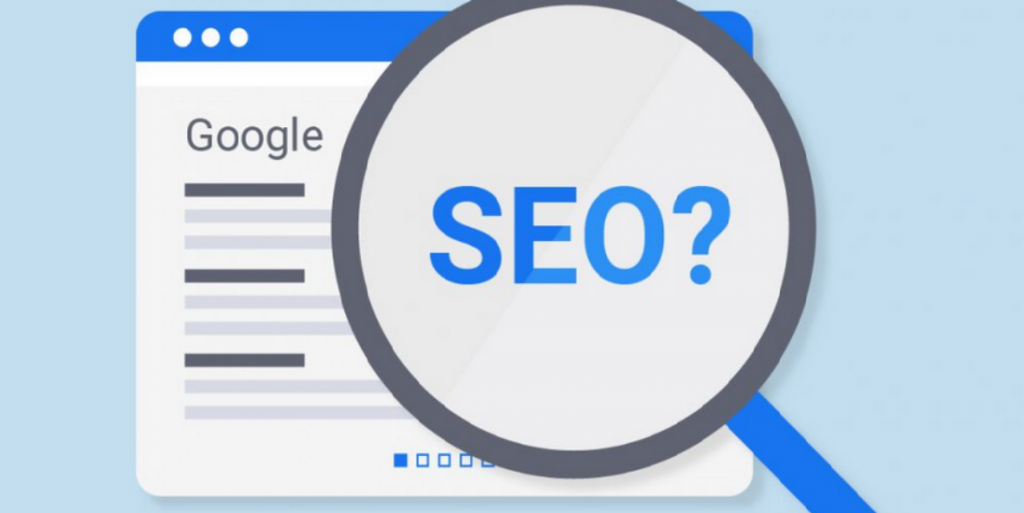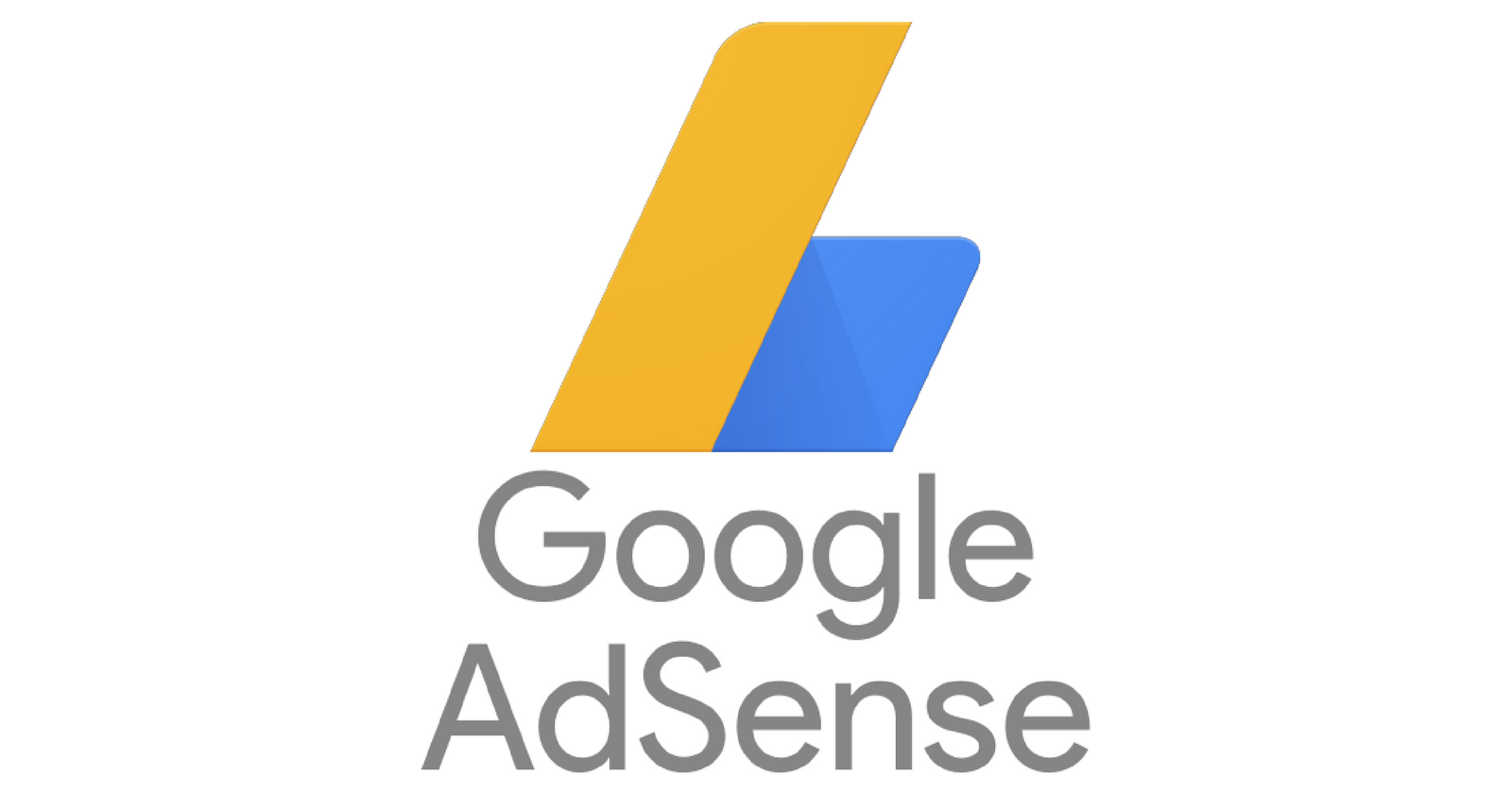What is SEO? HOW TO IMPROVE THE AUTHORITY OF YOUR WEBSITE

However, just knowing what SEO is is not enough to take advantage of this technique in the positioning of your store. It is necessary to have strategies to improve your web positioning in search engines such as Google. And for those strategies to work, you have to take into account certain metrics and specific characteristics. Some of them will be within your control whether you have a website created by yourself or if you use a third-party platform.

If you follow our blog, you will know that we constantly mention the word SEO and why it is important for your online store.
However, other strategies do require control of the technical characteristics of your website. This is where SEO comes in, and if you know how to use the techniques and strategies that make it up, it will help you increase web traffic to your online store.
Let’s take a quick walk through the basics to fully understand what SEO is and some SEO positioning strategies.
What is SEO and what is it for?
SEO is the acronym for Search Engine Optimization or Search Engine Optimization in Spanish.
Basically, the goal of SEO is to get a good position when someone enters keywords in a search engine, such as Google or Bing. To achieve this, SEO helps search engines better understand the general theme of a website.
However, search engines take into account much more than simple keywords to establish the ranking or relevance of a website, so correct SEO also aims to improve the user experience of a site, as well as its credibility. to validate and increase its value to search engines.
This makes SEO one of the most dynamic fields in the digital world, which brings its own difficulty.
A key challenge for website administrators is to be aware of the factors that are relevant to achieving a good ranking in a user’s search when using certain keywords.
For this, it is important to know what the key metrics and indicators are to maintain SEO at optimal levels. In our blog, we already have a detailed SEO guide for beginners to get you started in SEO. But stay on this article to learn about other interesting concepts.
For example, the Domain Authority or Domain Authority (DA). Let’s see why it is important. https://www.youtube.com/embed/Iydb1AjI7zs?feature=emb_title&v=Iydb1AjI7zs
What is Domain Authority and why is it important?
Domain Authority is a metric from 1 to 100 developed by the Moz company and is designed to help predict the ranking that a website will have in search engine results pages.

The higher your DA score, the more likely you are to rank well in a keyword search. DA is calculated by evaluating multiple factors, including the number of other pages pointing to a website.
According to a graph from the SEO Siren site, the components that make up the DA score are:
- Quality and diversity of links pointing to the page
- Number of links pointing to the page
- Mentions in social networks
- domain age
- Brand search volume
As you can see, they are factors that speak of the health and credibility of a website.
Although Google has mentioned that it does not use DA to determine the position in search results, taking into account this metric and aiming for a high score will also allow you to have good scores and experiences in other elements that can benefit the way users navigate. for your site, and therefore, the importance of your page.
There are several SEO tools that experts use that you can use to find out the DA of a page, including the Moz Toolbar for Google Chrome.
So, can I increase the DA to improve the SEO of my page?
Although according to Moz it is difficult to influence the DA directly, trying to do so will result in better SEO. And this, in turn, over time will result in an increase in DA for the site in question.
Moz’s own site says it loud and clear:
“The best way to influence Domain Authority metrics is by improving overall SEO.”
Now that you know what SEO is and what DA is, let’s look at some practices to improve your SEO and DA.
However, it is important to understand that these internships are long-term and will take time to work on. You can’t just make a couple of changes and have the AD increase dramatically. But, a series of well-intentioned, strategic, and constant practices can be of great help.
As the saying goes, “slowly but surely you win the race” … and the same can be applied when it comes to SEO.
Do an SEO audit to see what you need to improve
The first thing you have to do to improve your DA is to perform an SEO audit of your page. In this way, you will know where you are doing things well and where you have to improve. Fortunately, you can do an extensive SEO audit of your site for free.
The SEO Site Checkup site offers a free tool to audit the SEO status of any page.
His report is very complete and easy to understand since he mentions the factors that you approve, those that you disapprove of, and those in which you are at risk.

In addition to that, it gives you tips to improve on the elements where your site has failed.
Make quality content that attracts people to your site
Among web positioning strategies, attracting organic traffic is one of the most important.
The reason is that organic traffic will come from people who have searched for keywords relevant to your website but getting it takes time.
One of the best ways to get sustainable organic traffic is with good quality content. Once you have relevant content on your website, it is important that other high-quality sites and DAs link to your content, so your DA will also grow over time thanks to those links. The best way to get high-quality links is to create a content strategy that really generates traffic.
No matter what niche your website is, you have to find a way to create engaging content. For example, you can create an informative website (or a blog) dedicated to your company or your online store with all the content you create. Sooner or later, having useful content for users will cause other sites, in the interest of creating their own engaging content, to link to your page. And this increase in organic links to your content will, over time, also increase your DA.
How to make engaging content for my dropshipping store
If you have a store that does dropshipping, you must sell unique and attractive products. But products are not enough, you must also have descriptions that are clear, precise, and highlight the benefits of your products.
These product descriptions should be accompanied by examples and real-life usage scenarios for your potential customers to relate to. If you add to these well-taken photos of your products, you will have a perfect trio for the content of your store.
What you have to do is add in the descriptions, in a natural way, the keywords that you have identified that your target market would use to search for your products.
You already know what SEO is, you already have the content, what else?
Now that you understand the importance of content in your SEO strategy, it’s time to distribute it and get those links.
The techniques and strategies that will help you get links can be divided into SEO Off-Page and SEO On Page.
What is SEO On Page

SEO On-Page refers to techniques to improve the positioning of your website that you can control yourself, either in the administration panel of the site or in the way you structure the content. These internal factors help search engines better understand your site and determine its position and relevance.
The most important factor of SEO On Page is to make sure that your website is indexed in search engines.
We are mainly referring to Google, but any other search engines like Bing and Yahoo that index you are always welcome.
To find out if your site is indexed in Google, a very simple way is to search for site: http://yoursitename.com in the search engine, and see if the results roughly correspond to the number of pages contained in your website.
Another more direct way is to use the Google Search Console tool, although for this you need to be an administrator of the website.
Once you have verified that your site is indexed by Google, you can do On-Page optimizations. Among the optimizations that you can make to the content on your website, we recommend…
Optimize titles and descriptions of your website and its pages
Your website is made up of several components: meta titles and meta descriptions, which help search engines understand what the theme of the web is. The meta title is the text that appears in the browser tab when you hover over it.
For example, on both our main site and blog, the titles include the word dropshipping because that’s what we’re really good at 😉. The general recommendation is to keep it below 70 characters, but it is not required.
Another component of your website that you can optimize On-Page is the meta description of the site. That is, the HTML tag that offers a clear and concise summary of what your website is about.
The meta description helps search engines identify the theme of the page.
Also, many search engines display the meta description on the results page. Therefore, an accurate and attractive description will help increase your positioning and the number of visitors to your website.
To optimize both the meta title and the meta description, you need to be aware of the main keyword that people will recognize your site by.
For example, if you have a pet clothing store, that could be your main keyword. And your domain’s main meta title should include that keyword, for example: “ [Your Site Name]: High-Quality Pet Clothes. The same goes for the meta description. In the same case of the pet clothing store, the meta description could be: “ [Your Brand] sells high-quality pet clothing that any little animal will love for the softness of its materials and the comfort of its designs.”
Make sure you have a Sitemap and Robots.txt file
Other SEO On-Page components that will help improve your site’s overall score and DA are sitemaps.
Also known as Sitemap, they help search engines to index and categorize the content of your website. A good sitemap lists all the pages that make up the site and helps search engine spiders to scan it more intelligently. Having a Robots.txt file helps to have a better score. This file is often the entry point for search engine algorithms (known as crawlers ). To make sure you meet these requirements you must have knowledge of web development or hire a developer.
Check that the URLs are optimized for SEO and there are no broken links or errors.
The URLs (addresses) on your site must be optimized for SEO. This means that they must have keywords relevant to the topic of the page.
They should also not contain underscores, spaces, or other characters, and where possible, avoid using tracking parameters, as they can make users less likely to click.
Among Google’s recommendations is not to use underscores or join words, but to use a middle dash as a separator.
For example, it is better to use http://www.example.com/green-dress.html than http://www.example.com/green-dress.html or http://www.example.com/green_dress.html.
Also, you should look for broken links or images on your site, and replace or remove them as appropriate. This will help improve both the user experience and relevancy within search engines.
There are several online tools that perform a broken link scan both inside and outside of your websites, such as Online Broken Link Checker, Dead Link Checker, and Dr. Link Check. You can use the free versions or choose the paid options (if you have more than 1,500 pages on your website).
Other recommendations to improve the SEO On-Page of your page
Some other recommendations that you can implement on your website to improve SEO On-Page are:
- Optimize the loading speed for a good user experience and improve the conversion rate.
- Use alt text on images on your site. This text is what is displayed if, for some reason, the image cannot be displayed and should provide alternative information. It is an excellent opportunity to use relevant keywords.
What is SEO Off Page

SEO Off Page consists of techniques to get external links or backlinks that point to your website. It is called Off-Page because these techniques are not implemented within your website.
The objective of these actions, despite being outside your site, is to improve their positioning in search engines. Once you have quality content, backlinks will help increase its relevance. It is best to get those backlinks from sites that have a high DA, which helps bring some of that authority to your website. The key, as we have repeated (and which is really important) is to have high-quality content. However, the content alone is not enough, you have to distribute it so that it reaches those who can link to it.
Content distribution techniques to obtain quality links
Some of the most effective techniques for building quality backlinks, recommended on Neil Patel ‘s blog , are as follows:
- Add links to your content on forums and question sites, like Quora, Reddit, or LinkedIn. However, you must make sure that the link adds value in the context of the forum and/or the question.
- Look to generate guest content on other blogs or sites that create content related to yours. And ask for the opportunity to link to your own content, again, within a context that adds value.
- Promote your content on social networks, forums, as part of your email marketing strategy and everywhere you think it adds value.
These steps will help you increase the authority of your site, but be aware that it will take time and work.
There are no techniques that increase your authority or the number of links that link to your page quickly; and if you find them, they are probably prohibited, so you run the risk of being penalized by Google and other search engines.
And what is SEM?

You already know what SEO is, so now we will briefly tell you about SEM ( Search Engine Marketing ). Basically, they are the ads that appear in search engine results or in their search networks. SEM is a good strategy to attract traffic, but without a strategy and an optimized site, it will not help your SEO.
It is best to work on a strategy together, with a long-term SEO optimization plan. This, is complemented with well-targeted SEM efforts to the niche to which your website or online store is dedicated.
Let’s finish by going back to the example of the pet clothing store.
Pet clothing is a very broad term, which is probably expensive at SEM auctions. The best thing is to find the value differentiator of that store, and do an SEO strategy around that differentiator. And, finally, launch campaigns that are highly targeted at that value, where the cost per click may not be as competitive. In the end, a correct SEO strategy, carefully planned and patient, will be the best advantage your website can have when planning SEM campaigns.
You already know more about what SEO is and what metrics to follow to improve the authority of your website. Now, it is time for you to start implementing them to get enough traffic to be able to sell more in your online store.





